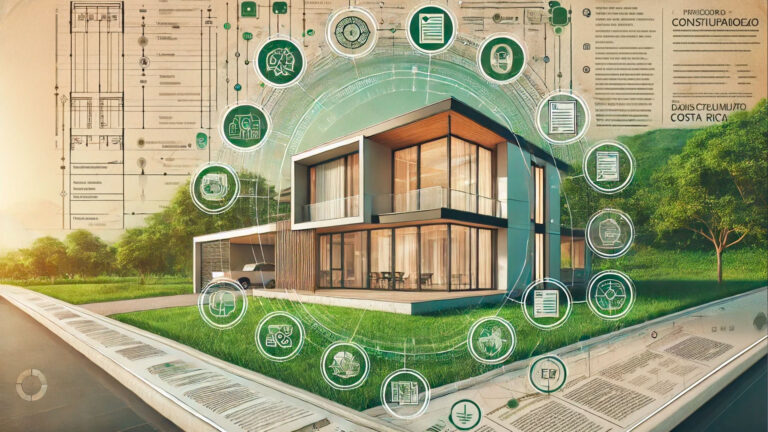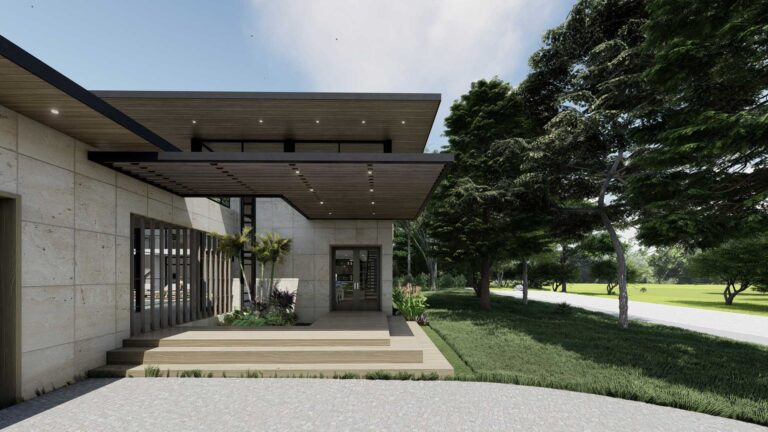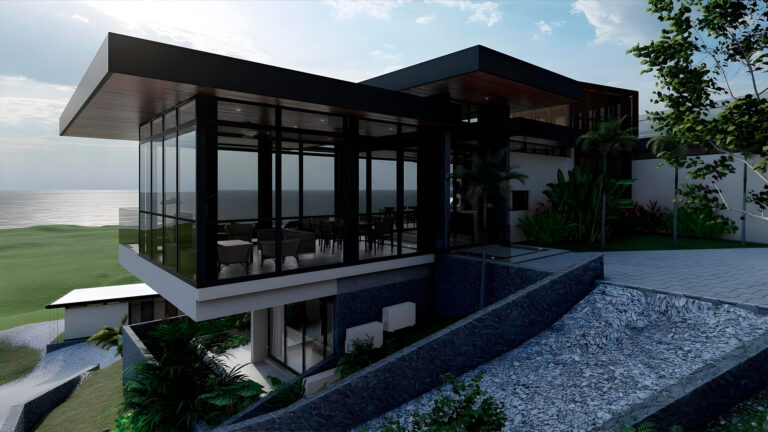Before starting any construction project, it is crucial to have a clear and well-defined design. Often, property owners or developers proceed to request a budget before having a complete design. This is understandable since it is important to have the full amount of money needed. However, this usually leads to receiving estimated budgets and general figures. This can lead to complications, as a general budget often does not account for all the actual costs and requirements of the project and may not include all necessary elements, such as furniture, equipment, or site work, which can result in additional costs later on. This can pose a problem for the client who initially did not consider these values. In this article, we will explore the importance of defining the design before budgeting for the project and how this approach can benefit both property owners and contractors.
1. Clarity in Project Objectives
Defining the design before budgeting for the project allows for clear establishment of project objectives. This includes desired functionality, aesthetic requirements, and any special considerations, such as sustainability or energy efficiency. With a clear design vision, owners can better communicate their expectations to contractors and avoid misunderstandings or last-minute changes that could affect the budget and schedule.
2. Accuracy in Costs
Having a complete and detailed design enables contractors to more accurately estimate the costs associated with construction. This includes not only the cost of materials and labor but also indirect costs such as permits, insurance, and professional fees. Without a clear design, contractors may be forced to make estimates based on assumptions, which can lead to inaccurate budgets and significant deviations once construction begins.
3. Reduction of Changes During Construction
When the design is not fully defined before budgeting for the project, changes are more likely to occur during construction. These changes can be costly and delay the project, as they may require modifications to plans, ordering new materials, or even rescheduling labor. By having a complete and well-thought-out design from the start, changes during construction can be minimized, keeping the project within budget and on schedule.
4. Improvement in Final Outcome Quality
A well-defined design not only helps control costs and avoid changes during construction but also contributes to the quality of the final outcome. By considering all aspects of the design before starting construction, potential issues or deficiencies can be identified and addressed before they become costly problems later on. This can result in a more efficient, durable, and satisfactory construction for all parties involved.
Conclusion
Defining the design before budgeting for the project is a fundamental step in any construction project. It provides clarity in project objectives, accuracy in costs, reduction of changes during construction, and improvement in the final outcome quality. By investing time and resources into a complete and well-thought-out design from the beginning, owners and contractors can avoid complications and maximize the success of the project.
We also recommend creating a detailed budget during the project phase. This allows for determining if changes to the plans are necessary to achieve the client’s desired budget. This avoids fundamental modifications to the original design and ensures that the planned work is within the client’s available budget.
Finally, a budget obtained along with project plans accelerates the quotation times from different contractors, ensuring that all include the same qualities based on materials, finishes, and standards. This ensures greater clarity when comparing quotations and offers, eliminating uncertainties and surprises during the construction. If it is within the budget, it will be quoted, and there will be no need to address poorly detailed quotations with a large number of unforeseen costs.











